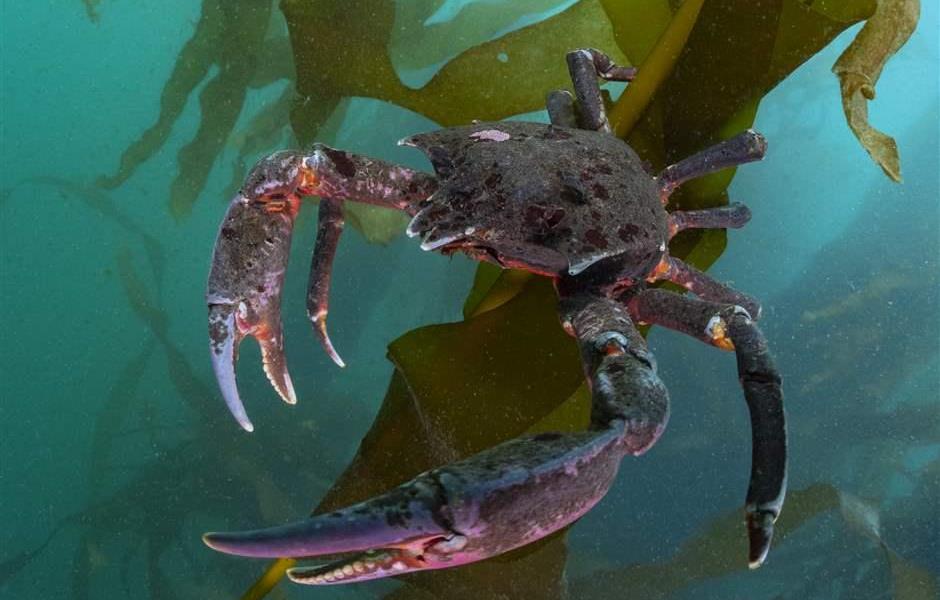West Coast kelp forests and eelgrass meadows are critical allies in fighting climate change. They also provide essential habitat for commercially and recreationally important fish and shellfish, which in turn help sustain coastal communities.
But these vital nearshore ecosystems are disappearing because of shoreline development, pollution, warming oceans, and sea-level rise.
Amid these threats, The Pew Charitable Trusts, the National Oceanic and Atmospheric Administration’s National Marine Fisheries Service (NOAA Fisheries), and the National Marine Sanctuary Foundation (the Foundation) have joined forces to help natural resource managers by identifying and disseminating science-based tools to better protect and restore submerged aquatic vegetation.
One key challenge in coastal conservation and management is the lack of information needed to accurately characterize the ecological value of kelp and eelgrass.
With that in mind, Pew, NOAA Fisheries, and the Foundation plan to work with scientists, Tribes, state and federal agencies, and key stakeholders to evaluate tools used to assess the role that submerged aquatic vegetation plays in the ecosystem.
Having a better scientific understanding of these habitats’ value will help managers make decisions that preserve—or, if needed, replace—the critical ecosystem services that kelp and eelgrass provide.
The group will identify strategies for ensuring that state and federal permitting processes account for the effects of nearshore development, and it will also offer recommendations for addressing damage to submerged aquatic vegetation from accidents such as oil spills.
This work is particularly important in the face of a rapidly changing climate. Kelp forests are among the world’s most productive marine ecosystems.
This fast-growing, canopy-forming algae absorbs carbon dioxide and can reduce the effects of ocean acidification in surrounding waters.
Kelp provides food, shelter, and nursery areas for species ranging from sea stars and shellfish to otter and salmon.
Eelgrass meadows also provide habitat for a variety of life, from plankton—an essential part of the ocean food web—to commercially and recreationally important species such as Dungeness crab and halibut.
Both kelp and eelgrass also help protect coastal communities from severe storms.
The new tools and information that the partnership develops will help natural resource managers ensure that kelp forests, eelgrass meadows, and the fish habitat and coastal communities they support thrive well into the future.
Photo of Northern Kelp Crab courtesy of Brandon Cole / The Pew Charitable Trusts.
This article originally appeared on The Pew Charitable Trusts website. Reprinted here by permission. Author Steve Marx works on coastal and nearshore habitat conservation on the U.S. West Coast for The Pew Charitable Trusts’ conserving marine life in the United States project.

